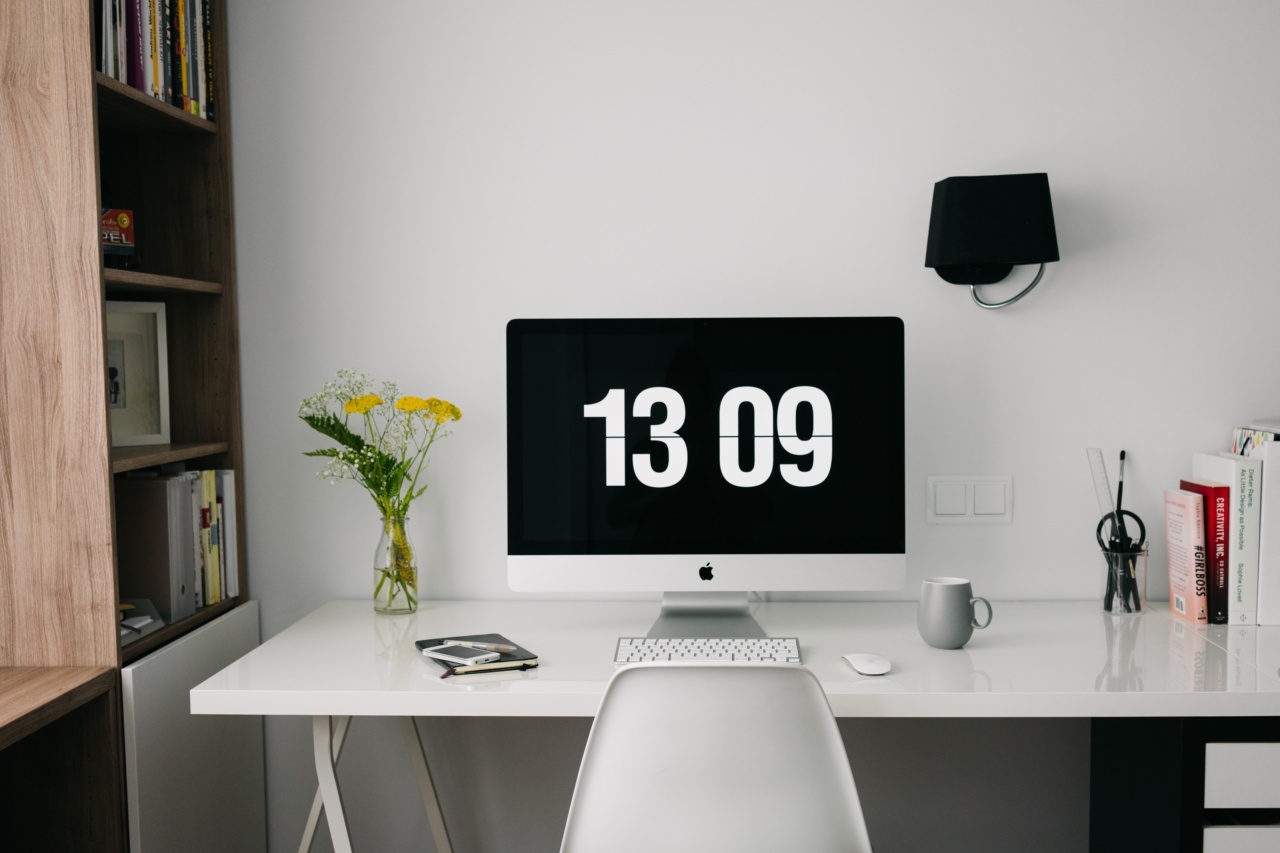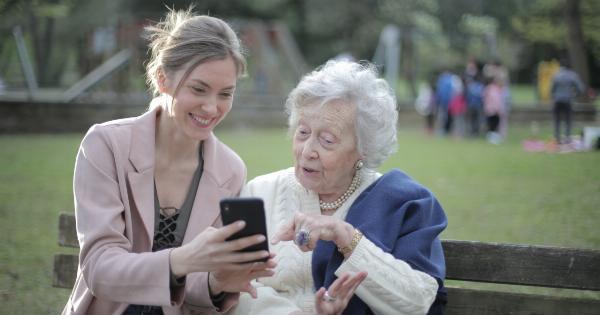In today’s digital age, screens have become an integral part of our daily lives. From smartphones and tablets to computers and televisions, we spend a substantial amount of time staring at screens.
While technology has undoubtedly made our lives more convenient and connected, excessive screen time can have detrimental effects on our eyesight.
Impact of Blue Light
One of the primary concerns associated with prolonged screen time is the exposure to blue light. Blue light is a short wavelength, high-energy light emitted by screens that can penetrate deep into the eye, reaching the retina.
Overexposure to blue light has been linked to several eye conditions, including digital eye strain, macular degeneration, and even sleep disruptions.
Digital Eye Strain
Digital eye strain, also known as computer vision syndrome, is a common condition characterized by various symptoms, including dry eyes, eye fatigue, blurred vision, and headaches.
The continuous use of screens can cause these symptoms because our eyes are required to work harder to focus on the pixels and the constant movement on the screen. Additionally, the reduced blinking rate while staring at screens leads to dryness and irritation of the eyes.
Macular Degeneration
Studies have suggested that excessive exposure to blue light may contribute to the development of age-related macular degeneration (AMD).
AMD is a leading cause of vision loss and occurs when the macula, a small part of the retina, deteriorates over time. Prolonged screen time can accelerate the progression of AMD, leading to permanent vision impairment.
Sleep Disruptions
Blue light exposure in the evening can disrupt our natural sleep-wake cycle, also known as the circadian rhythm. The blue light emitted by screens inhibits the production of melatonin, a hormone that regulates sleep.
This can result in difficulty falling asleep, poor sleep quality, and daytime drowsiness. Long-term sleep disruptions can have a negative impact on overall health and wellbeing.
Increased Risk of Myopia
Myopia, or nearsightedness, is a condition where distant objects appear blurry. Research has shown a significant increase in the prevalence of myopia worldwide, possibly due to the extensive use of screens and near work activities.
Prolonged screen time, especially during childhood and adolescence when the eyes are still developing, has been associated with a higher risk of developing myopia.
Preventing Eye Strain and Protecting Eyesight
While it may be challenging to completely avoid screen time, there are several measures you can take to reduce the strain on your eyes and protect your eyesight:.
1. Follow the 20-20-20 Rule
Every 20 minutes, take a 20-second break to look at an object at least 20 feet away. This helps relax the eye muscles and prevents them from becoming fatigued.
2. Adjust Display Settings
Optimize the display settings on your devices to reduce eye strain. Increase the font size, adjust the brightness and contrast, and use a blue light filter or night mode whenever possible.
3. Use Proper Lighting
Avoid using screens in dark environments or under bright, harsh lighting conditions. Ensure that the ambient lighting is comfortable and does not cause glare or reflection on the screen.
4. Blink Frequently
When focusing on a screen, we tend to blink less frequently, which can lead to dry eyes. Make a conscious effort to blink regularly and consider using artificial tears or lubricating eye drops to keep your eyes moist.
5. Take Regular Breaks
Give your eyes a rest by taking regular breaks from screen time. Engage in activities that do not require extensive near-focus, such as going for a walk outdoors or practicing relaxation techniques.
6. Limit Screen Time
Set limits on the amount of time you spend in front of screens, especially before bedtime. Create a digital curfew and establish device-free zones in your home to reduce overall screen time and promote healthier habits.
7. Consider Blue Light Filters
Invest in blue light filter glasses or screen protectors that can block or absorb a portion of the harmful blue light emitted by screens. These products can help reduce the impact of blue light on your eyes.
8. Get Regular Eye Exams
Regular eye exams are essential for maintaining good eyesight and detecting any early signs of eye conditions. An eye care professional can provide personalized recommendations based on your screen habits and overall eye health.
9. Encourage Outdoor Activities
Encourage children and adolescents to engage in outdoor activities regularly. Spending time outdoors has been linked to a lower risk of myopia development, potentially counteracting the effects of excessive screen time.
10. Practice the 10-10-10 Rule
Apart from regular breaks, utilize the 10-10-10 rule. Every 10 minutes, focus on an object positioned 10 feet away for 10 seconds. This exercise helps relax the eye muscles and provides a brief respite from constant screen usage.





























